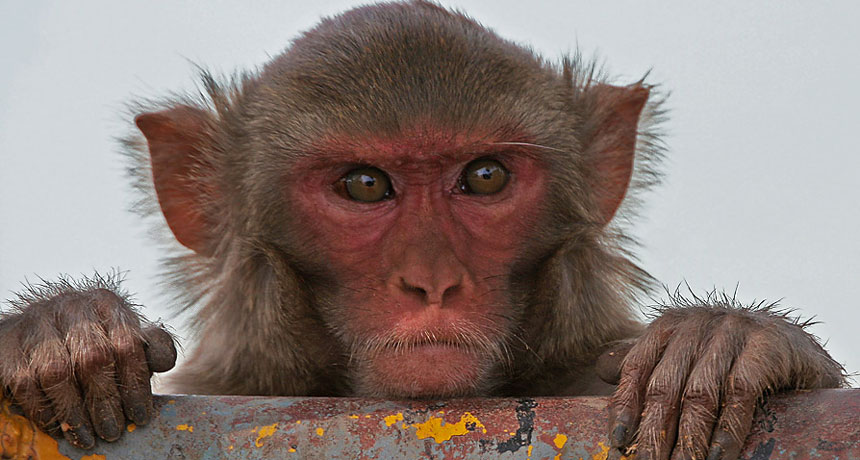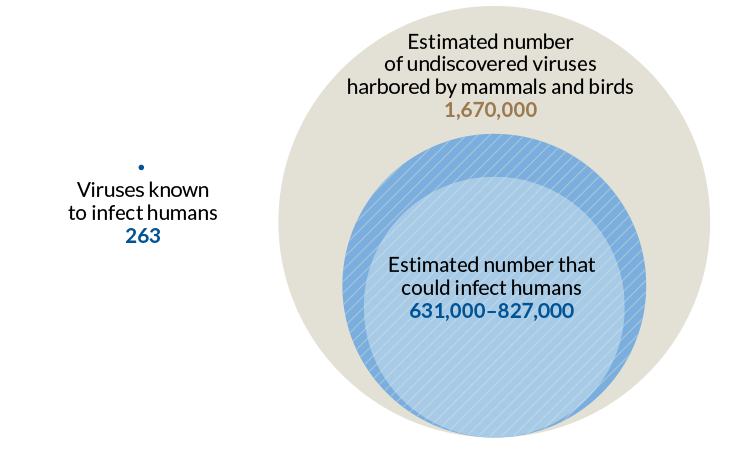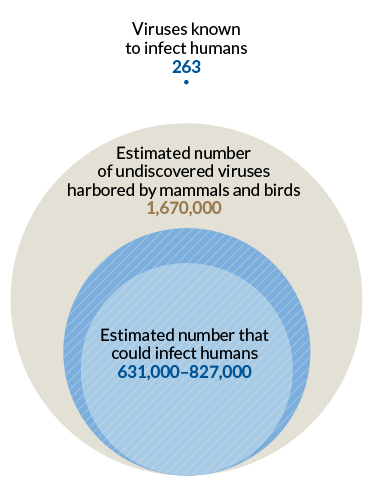Global Virome Project is hunting for more than 1 million unknown viruses
The search for microbes lurking in animal hosts aims to prevent the next human pandemic

GOING VIRAL The diversity of viruses carried by such animals as rhesus macaques (one shown) hints at the number of viruses capable of infecting humans that are yet to be discovered.
J.M.Garg/wikimedia commons (CC BY-SA 4.0)









